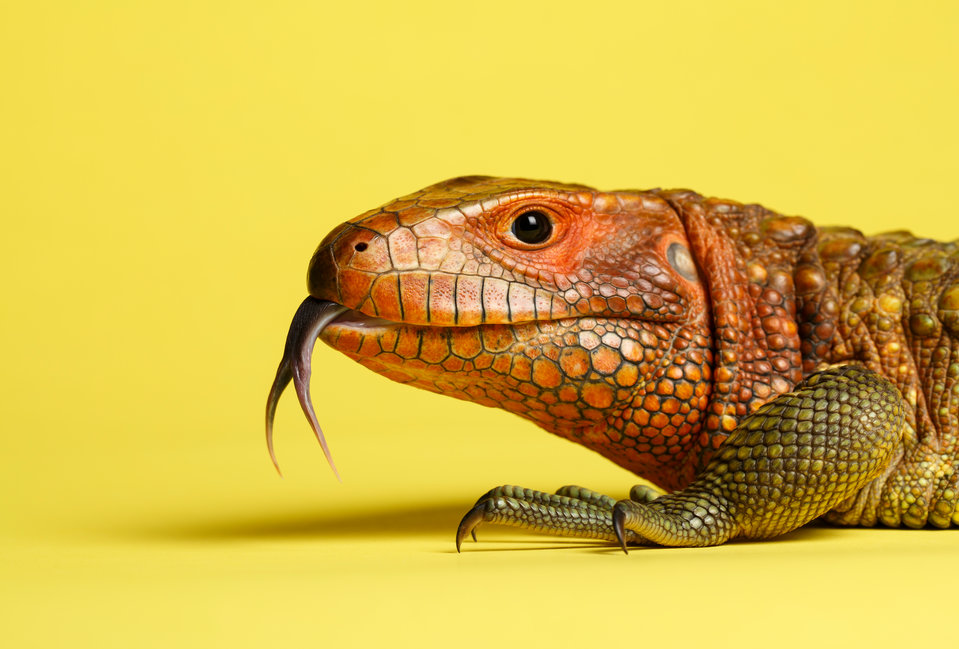When most people see a lizard, they usually see nothing more than a small green creature that climbs walls and ceilings. Most people don’t give lizards a second glance. St. Thomas biology associate professor Jerry Husak does.
Husak works with students on research studying the ways lizards can help answer scientific questions.
“We all have kind of bigger conceptual questions,” Husak said. “And lizards are really good for the kind of general questions that I’m interested in. So I get a double dose.”
Husak has been studying lizards since college, when a professor sparked his interest in research by showing Husak how lizards could be used to answer these conceptual questions.
“My main question these days is, ‘How is energy allocated to different parts of the body in different situations?’” he said. “So to go along with that, I ask what molecular and physiological mechanisms force energy into different places and different situations. That’s what’s been driving a lot of my research for the last many years.”
One of the students Husak works with is Andrew Wang, a senior majoring in biochemistry and neuroscience. Wang has been researching lizards with Husak for four years after looking for a lab to work in on campus his first year.
“It’s really cool, because Dr. Husak doesn’t talk down or anything, so we’re kind of like equals,” Wang said. “None of us really know what to expect with this stuff, so we’re just working through things together to try to figure it out, plan it and execute it.”
Husak has taught many different kinds of courses over the years – many of them having little to do with his research – including a course called Biology of Monsters, in which students would study fictional monsters from TV shows and movies to figure out why those monsters couldn’t exist in the real world. Husak says he enjoys helping students look at topics like biology from unique points of view, especially in research.
“The students really do come up with their own ideas,” Husak said. “I’m here to help guide and point to important literature to get them started. I help to kind of fine-tune their questions and how they can answer those. But they’re the ones that are really in the trenches doing most of the hard work. I like them to take ownership of those projects. That’s what it’s all about: really getting into the process while they’re here.”







